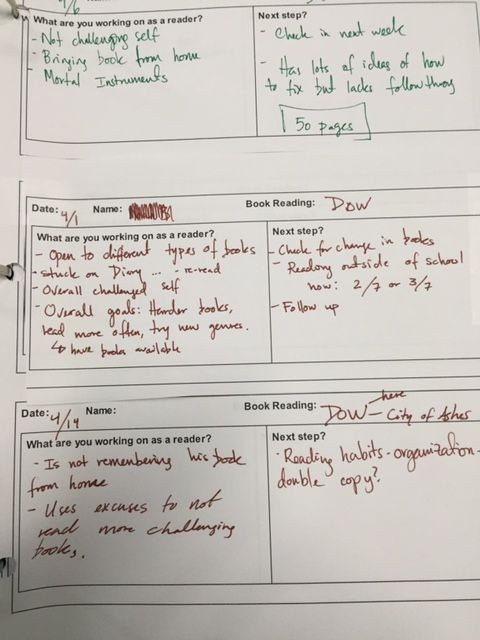
Word family lists are extremely helpful in choosing words. Regularly spelled proper names like Sam are also fair game, and they provide an opportunity to teach the convention of capitalizing the first letter. For example, if the student knows the consonants d, m, n, p, and s and the short vowels a and i, you could form the words in, if, at, pin, sit, fat, sand, and skip. Make a list of simple, regularly spelled words that illustrate the correspondence you are teaching. Select words with simple known correspondences. For an early lesson, choose a single short vowel (short i or a would be good for starters). Design your lesson around one new correspondence, usually a vowel. However, students will need a separate two-phoneme box, because it is awkward to fold six boxes down into two.ĭesigning the lesson. By this means, you can unfold the correct number of cells for each word. Hinged letterboxes are easily made by cutting 4-inch (10 cm) squares from colored card stock, outlining each square with a marker, and then taping together a series of squares horizontally. Each student will need letterbox sets ranging from two to six columns in a single row. Class letter sets may be stored in zipper bags.Įlkonin boxes (here called letterboxes) are rows of squares that indicate for the student the number of phonemes (not letters) in the words to be spelled. Laminating paper manipulatives will make them more durable. Each student will need a complete set of capital and lower case letters, with extra copies of lower case vowels and common consonants. Letter manipulatives can be cut from card stock, printed on paper and laminated, or purchased as wooden, plastic, or magnetic letter tiles. This helps them learn words thoroughly enough to remember them as sight words. In the letterbox lesson, they spell the words before they read them in order to transfer this sounding-out strategy from spelling to reading. Children usually pay closer attention to letter-phoneme correspondences when spelling words than when reading them. A clear demonstration of this principle is in learning to spell words before learning to read them. Children need to understand the alphabetic principle that spellings map the phoneme sequence of spoken words. There are always two parts to a letterbox lesson: spelling words and reading them.

The lesson can be taught to one student or to a class. The letterbox lesson is a phonics lesson in which children are led to analyze the phoneme sequence in a word, first by spelling the word and then by reading it. The letterbox lesson: A hands-on approach for teaching decoding. You can also read about the letterbox lesson in the March 1999 issue of The Reading Teacher.


or a translation into French by Frankie Wilde, or a translation into Norwegian by Lars Olden.įor the latest information on the letterbox lesson, see my book Making Sight Words: Teaching Word Recognition from Phoneme Awareness to Fluency. Click here for a translation into Ukrainian by Anna Matesh.


 0 kommentar(er)
0 kommentar(er)
